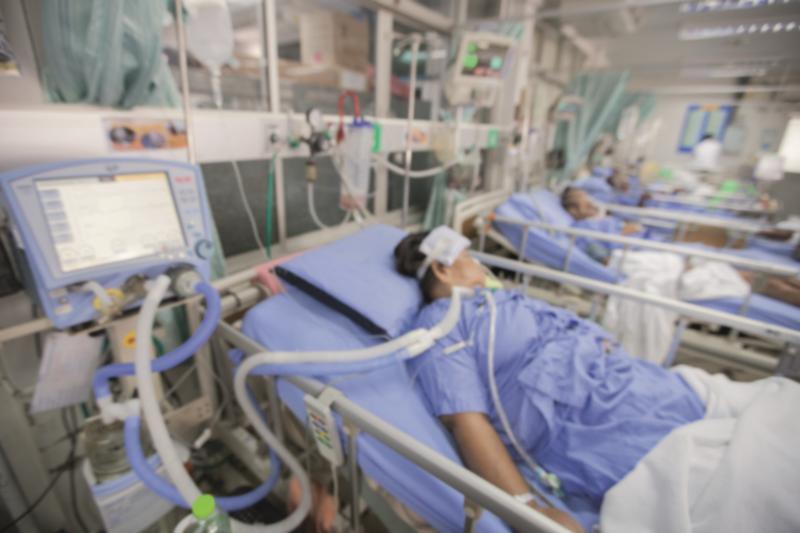
Use of mechanical circulatory support (MCS) for Takotsubo syndrome (TS)-related shock is increasing, reports a new study.
From the databases of Medline and PubMed, researchers retrieved 81 studies that used temporary MCS on patients with TS. The pooled quantitative cohort included 92 patients (median age, 57 years; 83.9 percent female), corresponding to 93 MCS cases. Most (74.1 percent) had an identifiable trigger.
Researchers observed a significant and progressive temporal increase in the use of MCS on TS patients (p=0.009). In particular, 38.7 percent of the cases were published before 2012, while 31.2 percent occurred in the 5-year period between 2012 and 2017. The remaining 30.1 percent of the MCS cases were published from 2017 to 2019.
Most of the MCS cases employed a single MCS device. In majority of the patients, the first device was either an intra-aortic balloon pump (IABP) or a venoarterial extracorporeal membrane oxygenation (V-A ECMO). One patient was hooked to both machines from the beginning. Fifteen patients underwent MCS changes or escalations.
The patterns of use of different MCS machines also changed significantly with time (p=0.009). V-A ECMO, for example, has seen increasing use in recent years and became the most predominantly published means of MCS in 2019. The use of IABP, in contrast, has been on a downward trend, from being the exclusive implant before 2007 to accounting for only around a fifth of the cases after 2012.
Future studies are required to better understand the role of the timing of MCS, as well as device selection, in TS outcomes, researchers said.